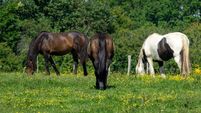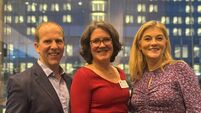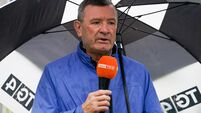Plans take shape for Lusitania centenary

Chief executive Seamus Boland pointed out that the huge increases in the price of fuel as a result of carbon tax combined with the dwindling access to services in rural areas has made it extremely difficult for families living on low wages.
Rural Link’s budget submission is asking the government to take into account this huge imbalance and ensure that families in this situation are not further impoverished as a result of being in low paid employment or having no job at all.










